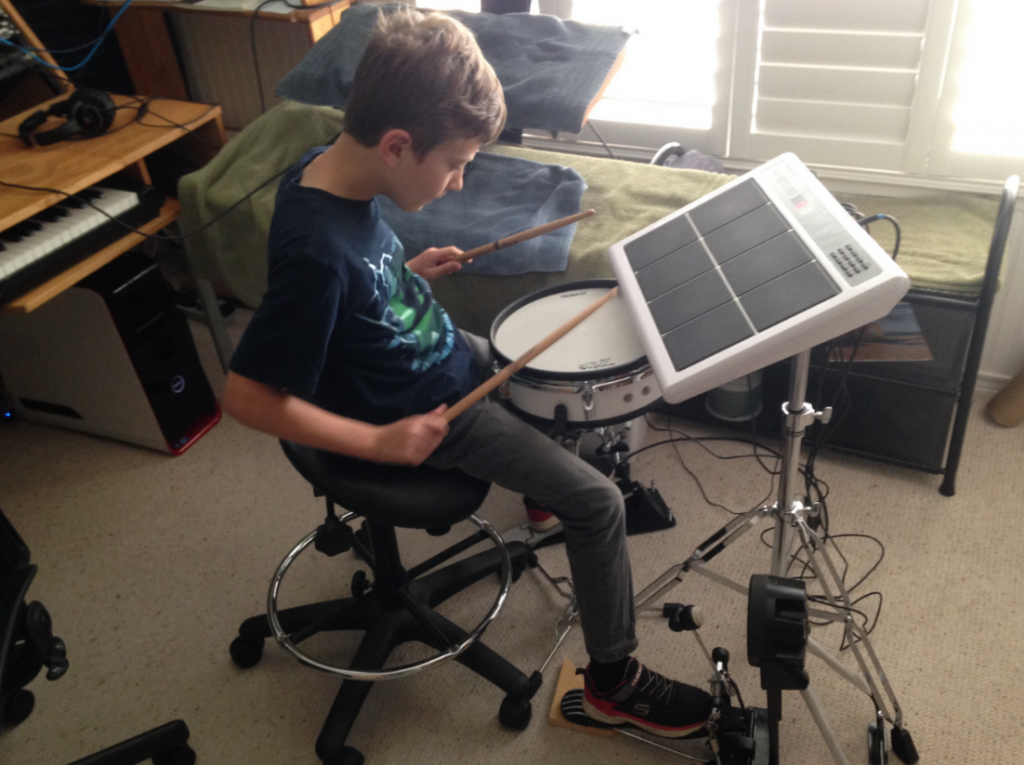In 2015 a Kickstarter was created for a project called “VaxMIDI” – a MIDI keyboard controller with attractive features, including polyphonic note pressure detection or “aftertouch”, a feature that traditionally has been difficult and expensive to produce, and/or protected by patents.
The second really interesting thing about this project is that it would be shipped in kitset form, to keep costs to a minimum.
The folks behind this project were reputable (read more about Infinite Response and the VAX77 keyboard). Strictly speaking, I did not need another keyboard controller in my studio, but as an engineer/musician, the project intrigued me.
I backed the project at the top tier, in for a 8-octave unit.
After the project reached its funding goal, we had to wait for the kit to be developed and manufactured before eventually receiving our kits. I was in the second wave of beta testers, and early 2017 I came home to a large box on the front doorstep.
I took over the dining room table for several months, assembling and testing each of the four 2-octave units.
Each base is an extruded aluminum section with a complicated cross section, supplying rails for the keys to swivel and rest on, and a clever mechanism of hammers that are flipped up by each key, and pass a slotted blade through an optical detector.
The aftertouch sensor is a long slot that widens as the blade is pulled through the sensor as the key is depressed more firmly.
There is quite a few places where this can go wrong: The sensor strip (of 22 detectors) can be misaligned; the distance between the hammer rail and the sensor base can be too high or too low; the felt on which the key steel rests can be too high… all these things have to be just right in order to position the slots correctly for the note and pressure detection to work correctly.
Additionally, there are challenges in assembling each base into the chassis and connecting the system circuit boards so that it stays together in a robust and stable configuration. Also, there are bugs in the firmware such that spurious patch changes were being emitted during testing.
Bottom line: My assembled unit is back in its big brown box, in my garage, until such time as we get some updates on how to address these issues. It’s looking more and more as though they will not be forthcoming. I think the company has long burnt through their Kickstarter funding, and combined with family health issues, I don’t foresee this project coming to a good conclusion.
That’s sad, because it shows a lot of promise. Technically, I think it can work, but it is really sensitive to manufacturing tolerances, and the skill and ability of the assembly technician (i.e. me) to overcome them only goes so far.





Recent Comments